Busan Hongbeopsa Temple (홍법사(부산))
2022-12-27
202, Dugu-ro 33beon-gil, Geumjeong-gu, Busan
+82-51-508-0345
Hongbeopsa Temple is located in Geumjeong dugu-dong, Busan and is known for the largest bronze Amida Buddha Statue in Korea at 21 meters. Surrounded by Cheolmasan Mountain and Geumjeongsan Mountain, a beautiful scenery stretching out to Suyonggang River makes one feel as if you were in Yeonhwajang, an ideal world in Buddhism that is filled with lotus flowers.
The temple has training rooms for visitors to practice meditation as well as a bust statue of Gandhi, donated by the Government of India to celebrate the 40th anniversary of diplomatic relationship between Korea and India. The temple has a wealth of attractions that cannot be seen in other temples of Korea such as huge statue of Buddha, India Cultural Center, Jeokmyeolbogung Palace, and beautiful gardens, luring an increasing number of tourists every year.
Gubongsan Observatory Café Street (구봉산 전망대 카페거리)
2024-02-28
139-137 Janghak-ri, Dong-myeon, Chuncheon-si, Gangwon-do
+82-33-250-4312
Gubongsan Observatory Café Street is situated along the national highway traversing Gubongsan Mountain in Chuncheon. It provides sweeping panoramic views of downtown Chuncheon, making it a renowned spot for sunsets and nightscapes. Visitors can indulge in the breathtaking scenery while enjoying offerings from bakery cafés and restaurants along the street. Additionally, the nearby Sonheungmin Sports Park is well worth a visit.
Manhae Village (만해마을)
2021-07-29
91, Manhae-ro, Inje-gun, Gangwon-do
+82-33-462-2303
Manhae Village was established as a training center and memorial hall for national activist Monk Manhae Han Yongun, revered for his literary and philosophical inspiration, as well as his devotion to the nation and Korean people during the Democracy Movement.
Suncheonman National Garden (순천만국가정원)
2025-10-23
47 Gukgajeongwon1ho-gil, Suncheon-si, Jeollanam-do
+82-61-749-8000
Suncheonman National Garden & Suncheonman Wetland is the first national garden of South Korea and one of the five major coastal wetlands in the world. The national garden spans 1.12 million square meters and is located in Dosa-dong, Suncheon-si. It is home to 790,000 trees covering 505 species, and 3.15 million flowers covering 113 species. During spring, tulips and royal azaleas are in full bloom, creating magnificent views. Additionally, there is a 30,000 square-meter canola flower field near the Forest of Sharing. You can see yellow waves of canola flowers in full bloom in mid-May. The city of Suncheon has planted 50,000 Japanese hackberries and zelkova trees along major routes in the area to create natural shade. There is a small unmanned personal rapid transit (PRT) system that operates between the Suncheonman National Garden and the Suncheon Literary Museum section (4.64 kilometers in length). After looking around the garden, visitors can take the PRT to the literary museum. There, they can take the Reed Train which travels 1.2 kilometers to Mujingyo Bridge located at the entrance of Suncheonman National Garden. Eco-friendly transportation is also available, such as the Sky Cube, which runs between Suncheonman National Garden and the wetland.
◎ Travel information to meet Hallyu’s charm - variety show"Battle Trip Season 2"
This is the place where Mi-na of Gugudan and Yoo-jung of Weki Meki, two friends of the same age, set out to see the spring flowers as 20-year-olds. Thanks to her meticulous preparations, Yoojung came back from this trip with a great picture of her blowing on bubbles in the middle of a garden with tulips and canola flowers.
Daewangam Park (대왕암공원)
2025-01-10
95 Deungdae-ro, Dong-gu, Ulsan
+82-52-209-3738
Daewangam Park is a seaside park located on the east coast. The park has a walking trail that passes by a forest of pine, cherry blossom trees, magnolias, camellias, apricots, and forsythia. This park is located at the end of the southeasternmost point facing the East Sea, and has a lighthouse that serves as a marker for fishermen and sailors out on the sea. The park is also home to Daewangam Rock that looks like a dragon rising up into the sky. It is connected to the mainland with an iron bridge and has an observation tower.
Buyeo Naseong Fortress [UNESCO World Heritage] (부여 나성 [유네스코 세계문화유산])
2021-07-22
100-11, Dongmun-ro142beon-gil, Buyeo-gun, Chungcheongnam-do
+82-41-830-2623
Buyeo Naseong, also known as the Outer City Wall, was built to protect the capital of Baekje, Sabi. It has a x_height of about 8.4 kilometers. The wall surrouned Busosanseong Fortress and extended to the city of Buyeo.
The wall is one of the oldest walls along with Naseong in Pyeongyang and it is estimated to have been built around 538, when the Baekje capital was changed from Woonjin (current Gongju) to Sabi (current Buyeo). The wall of the fortress starts from the site where Dongmun (East gate) was located to the area of Geumgang River, made by piling soil up. However, only a few traces remain of its former glory.
For now, it leaves a blurry trail including a 20 meter area to the east of Cheongsanseong Fortress, Dongmun Bridge from Seokmok-ri, and an area from Pilseobong Peak to Yeomchang-ri. While the outer wall is sharply sloped, the inner wall was built with a gentle slope to make it easier for horses to reach the guard posts on the top of the wall. Inside the fortress, the palace of Baekje, government offices, houses, temples, stores and protected facilities can be seen. The entire structure of Naseong Fortress features Geumgang River in the south and west sides, providing a natural double-defense system. The wall was one of the important outer defense facilities along with Cheongsanseong and Cheongmasanseong Fortresses.
* Area: 554,591 ㎡
Rajetongmun Gate (라제통문)
2024-04-07
Rajetongmun-ro, Muju-gun, Jeonbuk-do
+82-63-322-2905
The historical border of the Silla and Baekje Kingdoms, Rajetongmun Gate of Seolcheon-myeon, Muju was formed from a rock cave in Seokgyeonsan Mountain. The tunnel is approximately 3 meters in x_height and 10 meters in length, and divides the villages of Sindu Maeul into Dugil-ri, Seolcheon-myeon and Inam Maeul in Socheon-ri. During the Three Kingdoms Period, the rocky ridges of Seokgyeonsan Mountain drew the boundary of Silla's Mupung in the east with Baekje's Seolcheo to the west.
Tracing the history from the Three Kingdoms Period to the Goryeo dynasty, the cultures and traditions of the two regions were markedly different. If curious about the difference, one could simply stop by Seolcheon on market day, where the Muju and Mupung local
dialects and customs can easily be distinguished.
People used to cross Seokgyeonsan Mountain by a footpath along the rocky ridge to travel between Seolcheon and Mupung. During the Japanese occupation, a new road was created by turning a cave into a tunnel through the mountain so cows and horse carts could freely pass from Muju to Gimcheon.
General Kim Yoo Shin from the Silla Kingdom, the hero of unification of the Three Kingdoms, often passed by the gate, later giving rise to the gate's nickname, Tongilmun (literally "Unification Gate"). The gate
is number one on the list of 33 scenic sites in Gucheon-dong.
Jeju 4.3 Peace Park (제주4·3평화공원)
2021-06-18
430, Myeongnim-ro, Jeju-si, Jeju-do
+82-64-723-4344
Mankind tends to only remember the heroes of civilization. Jeju 4.3 Peace Park was created to remember those who fell protecting their homeland during the Jeju uprising which broke out on April 3, 1948. The park is the symbol of reconciliation and peace, and seeks to open a new chapter of life.
The development project of Jeju 4.3 Peace Park was a result of the reparations for the victims of the Jeju uprising. The 4.3 Special law was promulgated in the year 2000, and the following steps proceeded: property acquisition for the park, master plan of the park establishment, design competitions for the park, construction, exhibits and installations. It finally opened to the public on March 28, 2008.
Hyoseok Culture Village Buckwheat Food Street (효석문화마을 메밀음식거리)
2021-03-11
31, Gipung 3-gil, Pyeongchang-gun, Gangwon-do
+82-33-330-2771
The Hyoseok Culture Village is the place where author Lee Hyo-seok (penname “Gasan”) was born and raised. The village is also the setting of the author’s story "When Buckwheat Flowers Bloom,” one of the most celebrated Korean short stories to date. Since 1999, the Hyoseok Cultural Festival has been held here every September to commemorate the writer. Visitors to the festival can enjoy various foods and events as well as a replica of scenes from the book. For those that are searching for a more tranquil visit, avoid the month of September, when the buckwheat flowers are in full bloom. Don't forget to try all the different memil (buckwheat) dishes offered throughout the area all year round.
Chungminsa Temple (여수충민사)
2020-03-18
52-23 Chungminsa-gil, Yeosu-si, Jeollanam-do
+82-61-690-2036
Nestled at the foot of Maraesan Mountain (alt. 385.2 m), Chungminsa Temple (Historic Site No. 381) was built by Lee Sieon (unknown - 1624), and was commissioned by Lee Hangbok (1556-1618) after the Imjinwaeran War (Japanese Invasion) upon King Seonjo's (1601) command. The shrine was forced to be demolished by Japan in 1919, and only two sections remained. In 1947, they were then rebuilt by local residents in the end. It was designated as Historical Site No. 381 on June 1, 1993.
* Chungminsa Hamabi (stone statue)
At the entrance of Chungminsa Temple, Hamabi (stone stuatue) is set up with a 1.4 m-x_height, 42 cm-x_width, and 10 cm-thickness, with the word "Hamabi" written on the stone, meaning "expressing one's respect", and in front of the palace is a Confucian shrine, the birthplace of the sages that symbolizes the temple's significance. This stone used to be 100 m away but was moved to its current site when a detour road was built.
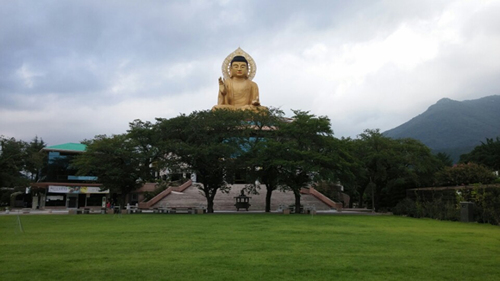
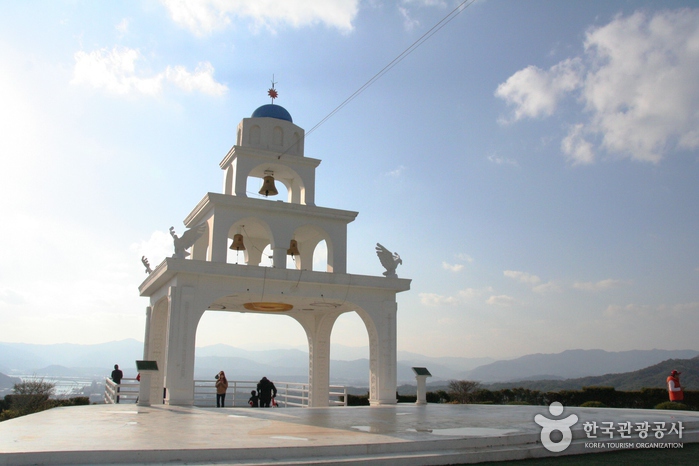
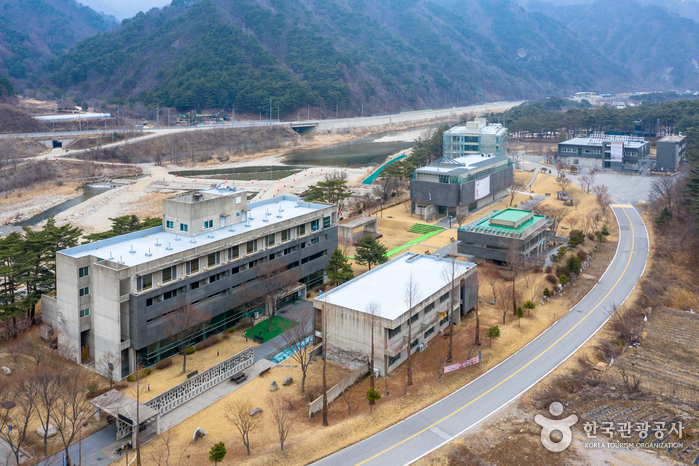
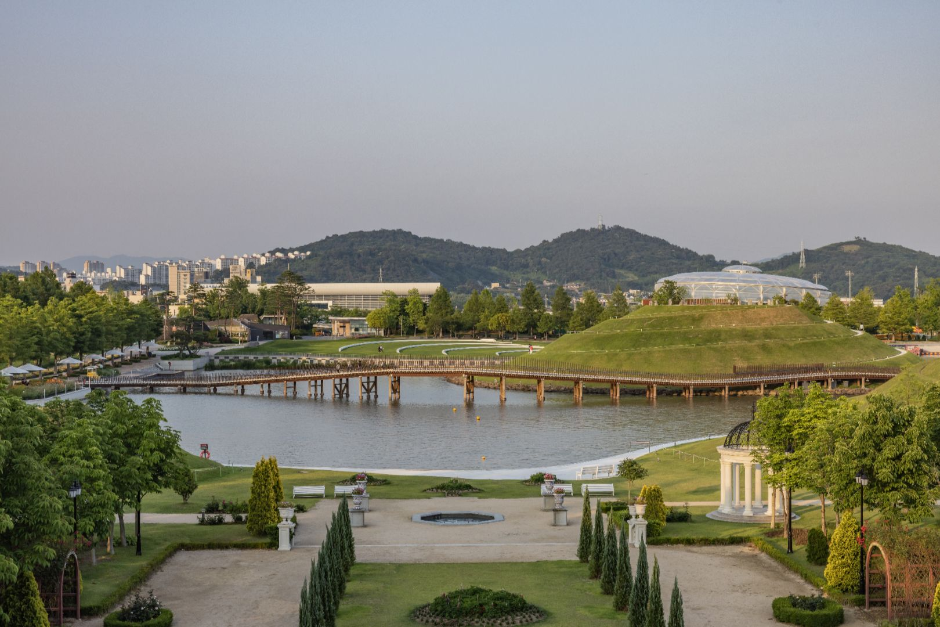
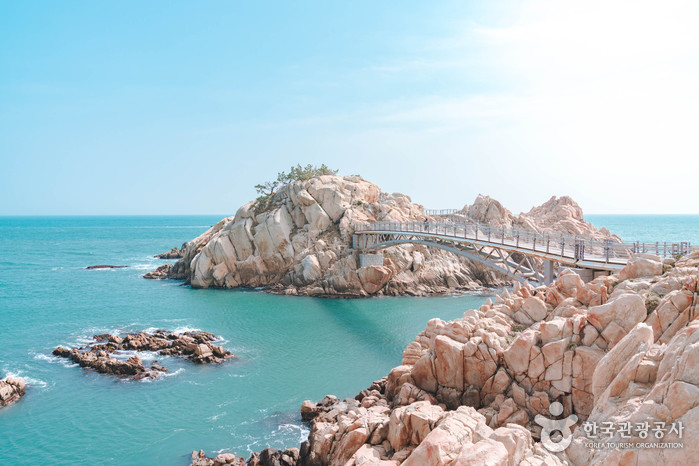
![Buyeo Naseong Fortress [UNESCO World Heritage] (부여 나성 [유네스코 세계문화유산])](http://tong.visitkorea.or.kr/cms/resource/71/2725771_image2_1.jpg)
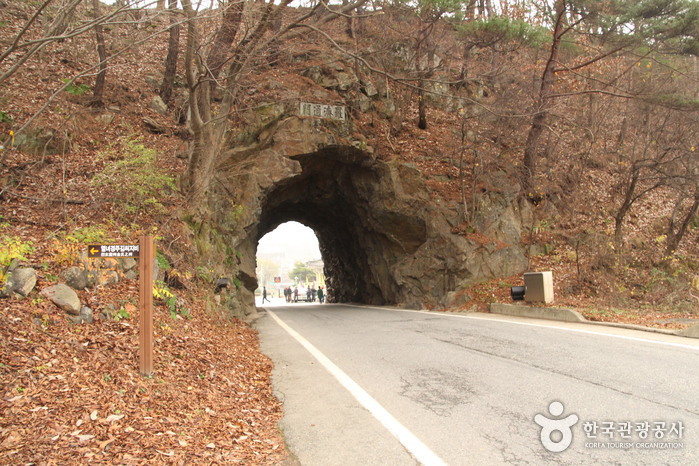
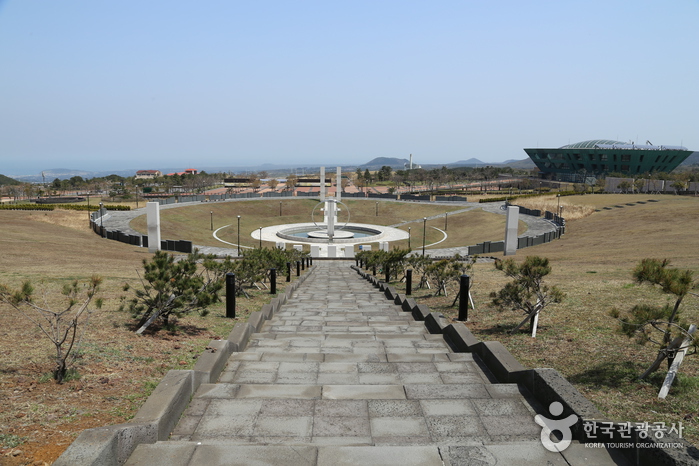
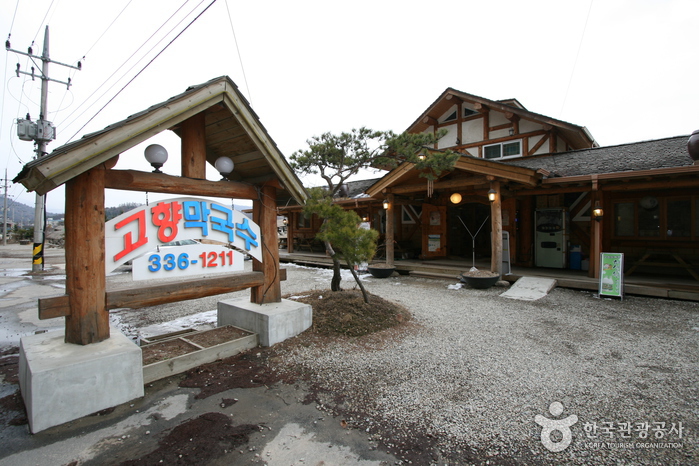

 English
English
 한국어
한국어 日本語
日本語 中文(简体)
中文(简体) Deutsch
Deutsch Français
Français Español
Español Русский
Русский